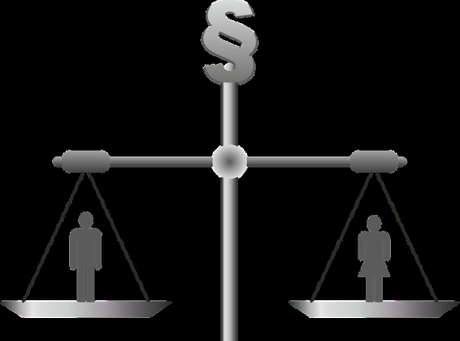
2017 has been a full-on year for women in the workplace - we tried to close the gender pay gap and smash the glass ceiling, we fought for workplace harassment claims to be heard and, on our time off, we joined the Women's March.
Here are the biggest stories of 2017 for working women, from finding new leadership icons to finding our voices.
Young working women have more career icons than ever before
High-profile conferences, such as the Fortune Most Powerful Women Next Gen Summit (in its fourth year), and female-focused business article series like those at The Drum, have kept successful women in the spotlight.
The Huffington Post has a tag on its site dedicated to 'women in business', giving you new role models on tap. Existing role models, like astronaut Peggy Whitson, have spoken out on the importance of having female career icons to attract women and young girls into particular industries - this is crucial for male-dominated areas like STEM (Science, Technology, Engineering and Math).
What's more, global companies like UBS have finally realised that women in senior positions will drive their organisation to perform better than those with only males in seniority. And, with 32% of companies in the Fortune 500 index having female CEOs, things are looking bright.
Paternity leave and the stay-at-home dads are still unpopular
A UK survey of 800 HR decision-makers for the Young Women's Trust found that 34% believe men and women will never have equal responsibility for childcare. 26% estimated it would take more than 10 years for new parents to look after their children equally.
Whilst many Nordic countries are famously progressive in terms of childcare allowances, most of the world still has an archaic view of raising children: that the mother should quit her job to look after the child, and the father should be the full-time breadwinner.
The USA has a particularly poor record for any kind of parental leave, let alone paid, and let alone paternity leave. This summer, Esquire published insight from 22 dads across the USA, discussing parental leave.
Tellingly, most of the dads only contributed their first names to the piece, and some asked to be totally anonymous, in case their employers discriminated against them. Several mentioned their wives or partners had to apply for leave under the 'temporary disability' category.

The attitude to workplace sexism and the gender pay gap is finally changing
We all know about the sexual misconduct lawsuits in the entertainment industry, but it's also brought more attention to workplace harassment for those of us without star-studded careers.
The #MeToo campaign on social media showed that, wherever you live and whatever sector you're in, sexism and harassment can sadly thrive. This year has been a tipping point, according to Kimberley Weisel, Editor-at-Large for Inc., who noted more women have been running for Congress than ever before, which should change the balance of power in politics.
Things are changing for the better even in the Human Resources department itself, according to Bloomberg, which reported that women in HR make 89 cents for every dollar a man makes - not gender equality, folks, but better than the average 77 cents they make to a man's dollar across all industries.
To top it all, the Independent reported that workplace messaging app Slack has empowered women to speak more freely - a small but important change, because it changes workplace conversations and reduces 'mansplaining'.
So, here's to 2018: a year where women's voices are heard, when we narrow the gender pay gap even more, and we stand up for better maternity and paternity leave.
Polly

